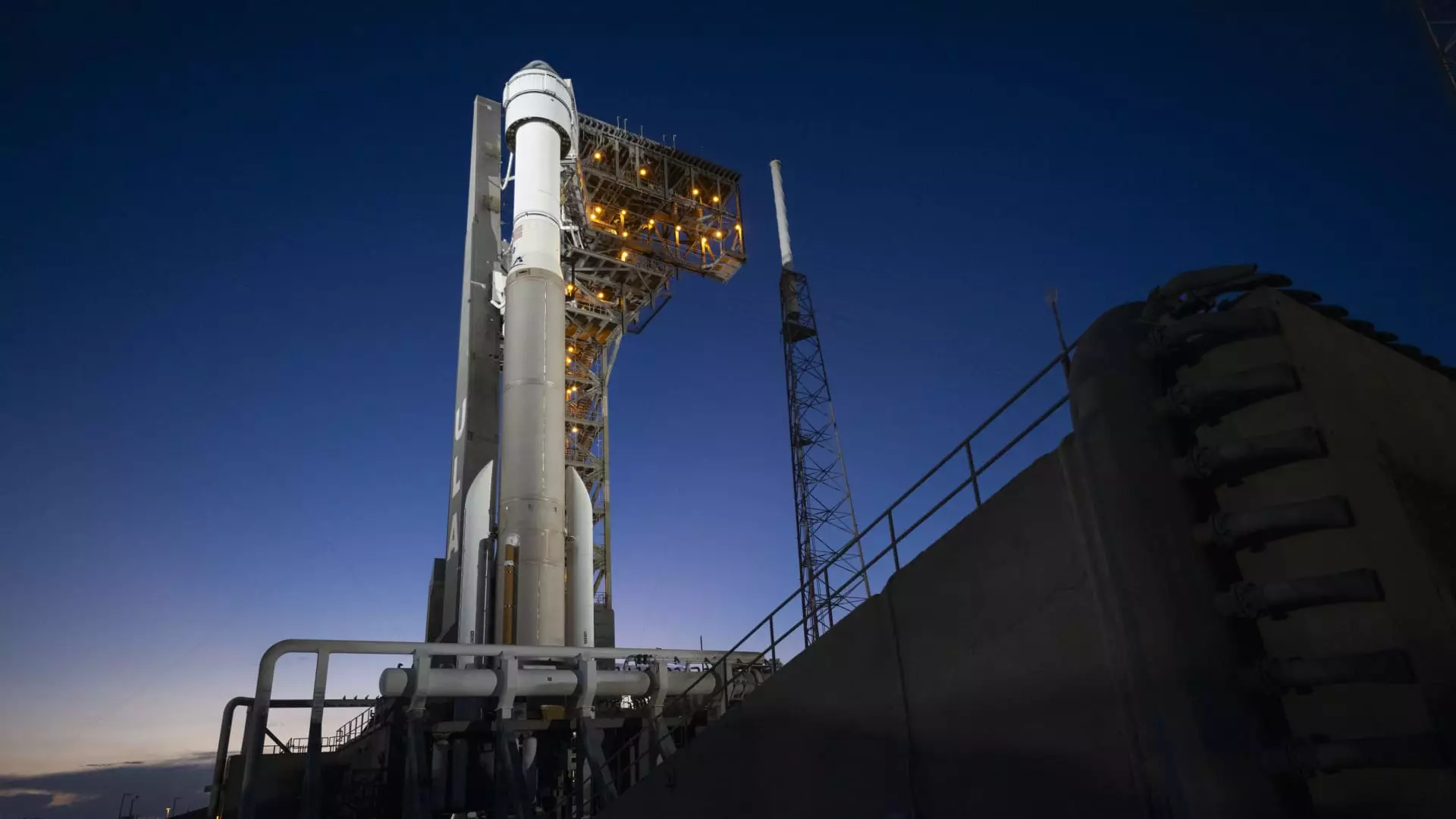Boeing and NASA are pushing forward with the launch of Boeing’s Starliner capsule, which is set to carry U.S. astronauts for the very first time. Despite a “stable” leak detected in the spacecraft’s propulsion system, Boeing Vice President Mark Nappi expressed confidence during a recent press conference that they have identified the causes of the leak and have the ability to manage it effectively. According to Nappi, the leak does not pose a safety concern for the upcoming mission.
Boeing is now aiming for a June 1 launch for the first crewed mission of its spacecraft, with backup opportunities available on June 2, June 5, and June 6. This mission, called the Starliner Crew Flight Test, is crucial as it represents the final major development test of the capsule. The main objective is to transport a pair of NASA astronauts to and from the International Space Station before embarking on regular missions in the future.
The debut of Starliner’s crew has faced significant delays over the years, particularly when compared to SpaceX’s Dragon capsule, which has been successfully flying astronauts for NASA since 2020. To date, Boeing has incurred $1.5 billion in costs due to setbacks with Starliner, in addition to almost $5 billion of NASA development funds. A launch attempt on May 6 was called off due to an issue with the Atlas V rocket, which is responsible for carrying Starliner into orbit.
During a press conference following the postponement, it was revealed that a small helium leak was detected within the Starliner spacecraft, leading Boeing and NASA to conduct further assessments of its safety for the upcoming mission. The source of the leak was identified as a seal in one of the flanges of the spacecraft’s helium propulsion system. Despite ongoing monitoring of the leak rate, NASA’s Commercial Crew Program manager Steve Stich remains confident in the mission’s success.
A review involving NASA, Boeing, and United Launch Alliance (ULA) is scheduled for May 29 to evaluate the leak and ensure readiness for the upcoming launch. The plan is to roll out the rocket and capsule to the launch pad on May 30 in preparation for the June 1 attempt. Despite the challenges and setbacks, the teams are working diligently to address the issues and proceed with the historic launch of the Starliner capsule.
While the discovery of a propulsion system leak in Boeing’s Starliner capsule has presented challenges, both Boeing and NASA are committed to addressing the issue and moving forward with the scheduled launch. The upcoming mission marks a significant milestone in U.S. space exploration and demonstrates the resilience and determination of the teams involved in the project.

